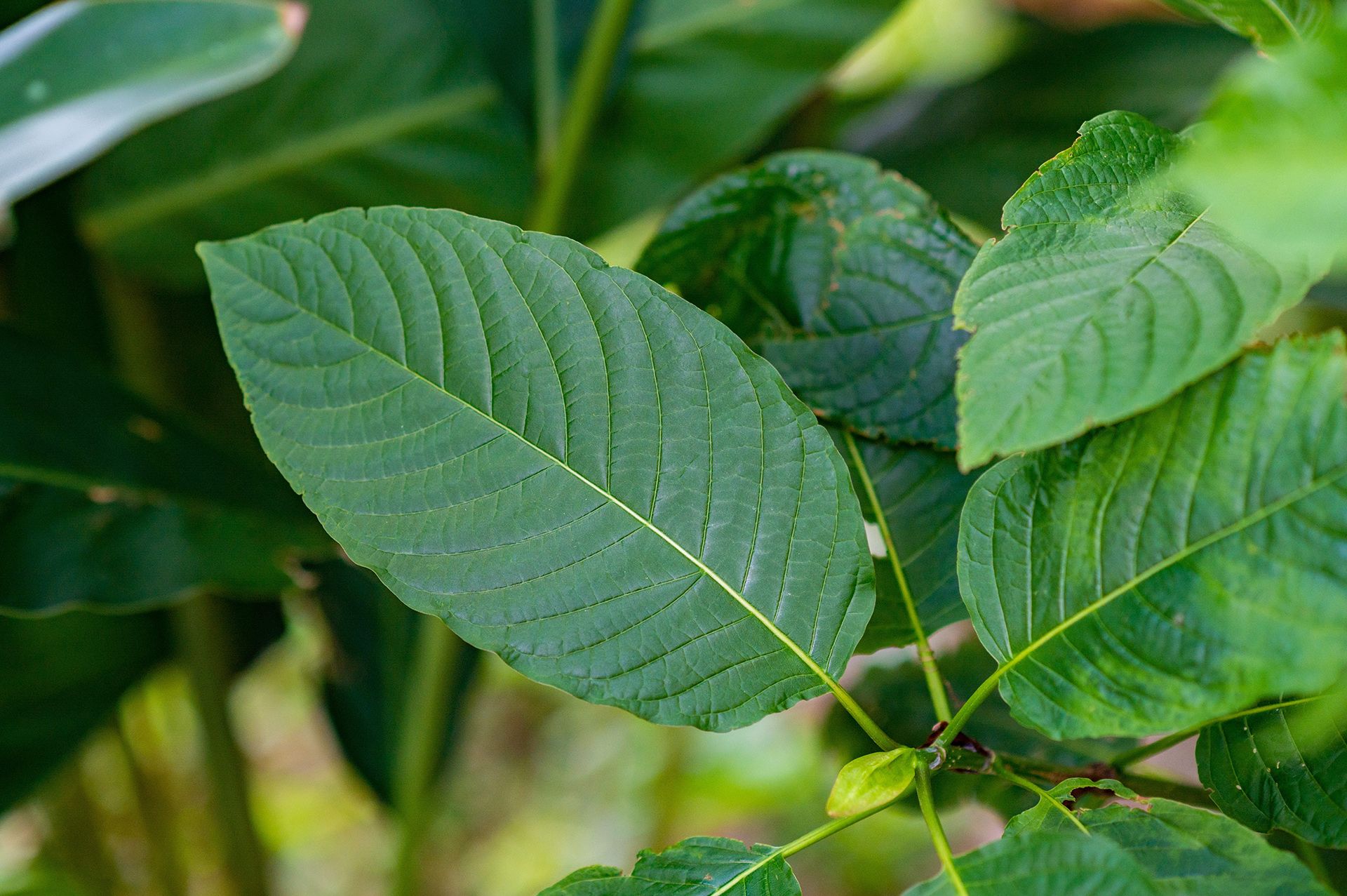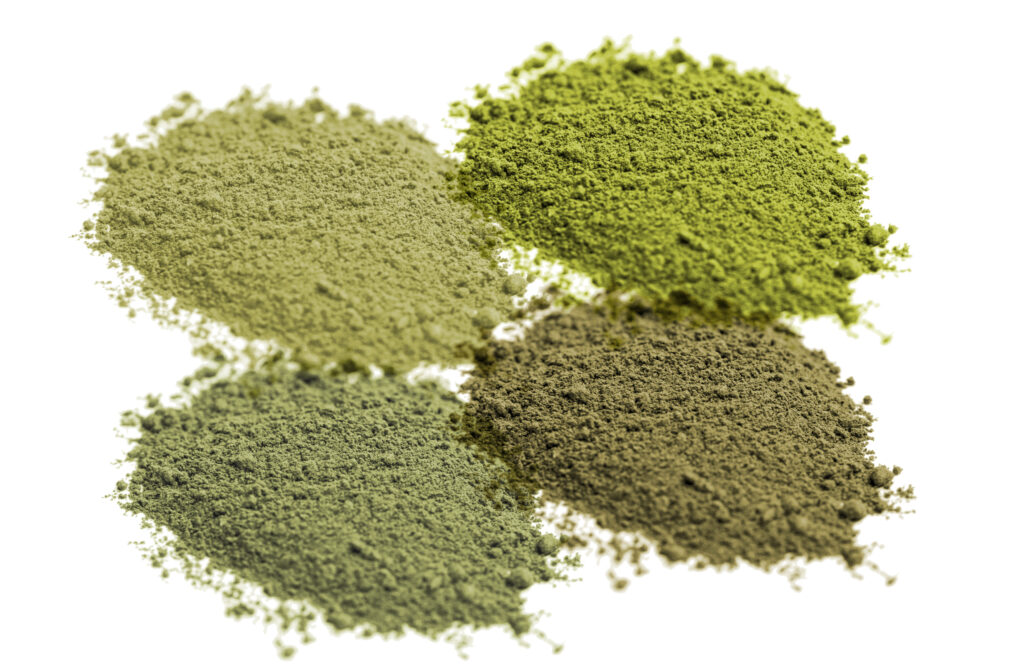
Kratom Strains 101
In total, there are more than 50 different strains of kratom.
Each one is differentiated by its geographical location (Thailand, Bali, Borneo, Indonesia, Sumatra, etc.) and the vein color (red, white, yellow, green).
There are also a few strains named after the region they’re grown in (Hulu, Jong Kong, Kali).
Some strains are named after the unique leaf shape (elephant and horn kratom).
What really makes one strain different from another is the leaves’ chemical composition.
The primary active ingredients in kratom are mitragynine, paynanthine, speciociliatine, and 7-hydroxymitragynine (7-HMG), but there are over a dozen other active alkaloids that contribute to how each strain feels as well.
Every strain has a unique cocktail of these active ingredients. Different chemical ratios can alter the color of the leaf veins and the effects the leaves provide.
What is a Strain?
While the word species is used to differentiate plants with different genetics, a strain refers to plants that have the same genetic makeup but different growth patterns or chemical composition (called phenotypes).
All kratom is the same species — Mitragyna speciosa — but each plant manufactures a different ratio of the active ingredients.
For a good example of a strain, consider the tomato plant. There are so many different types of tomatoes, some red, some purple, some yellow — but all of them are the same species (Solanum Lycopersicum). If you were to look at the genetic code of a beefsteak tomato and a cherry tomato — you’ll find they’re exactly the same. The way these genes are expressed is slightly different.
You can think of the genes like a recipe book for the plant. So in effect, each tomato plant uses the same recipe book but decides to use different recipes to prepare a meal. This is what leads to such a wide variability of the different sizes and shapes of the tomato itself.
Kratom is the same. It shares the same genetic code as any other kratom plant, but each strain expresses the genes differently to produce a completely unique chemical profile.
